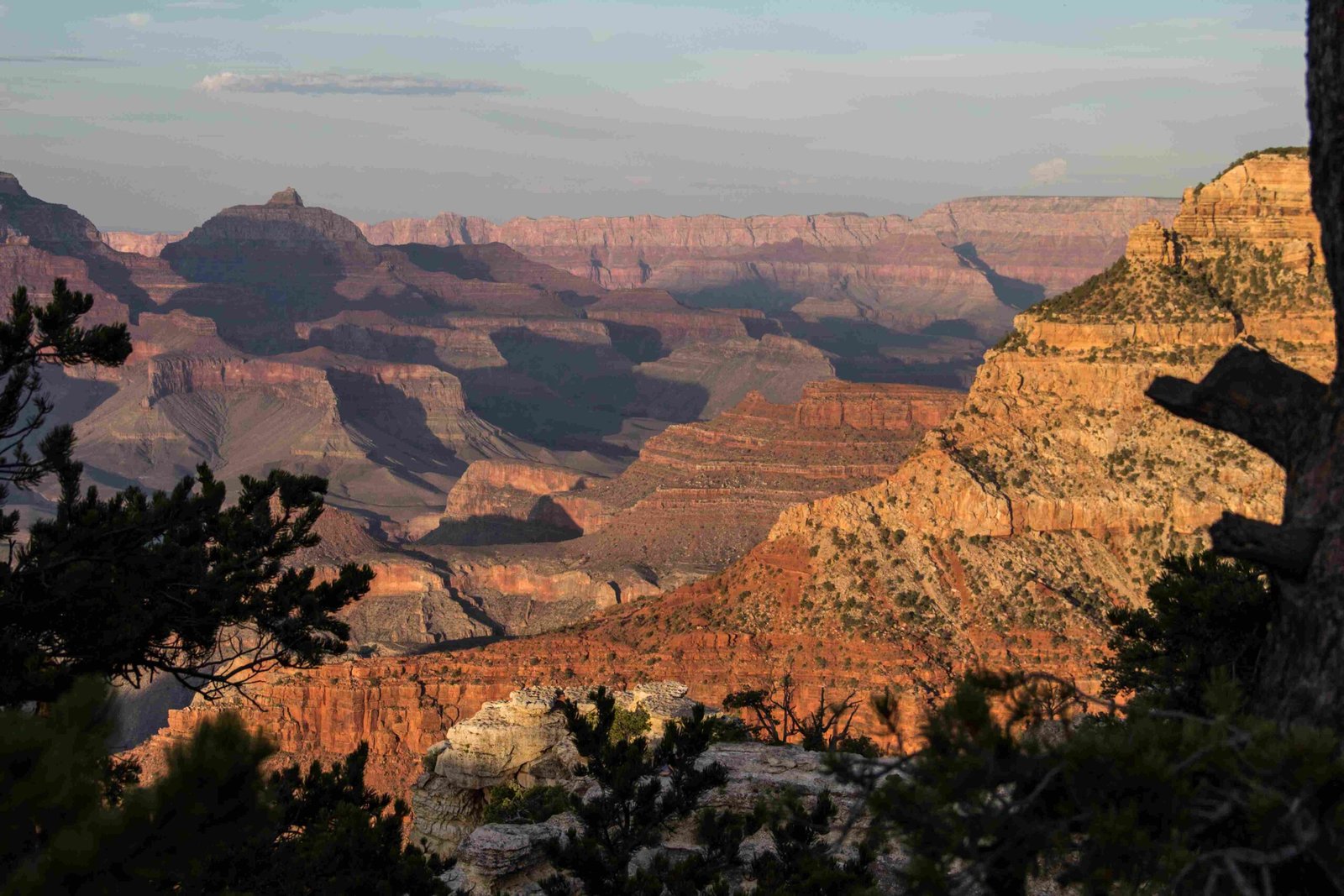The Glen Canyon Dam has dramatically reshaped the Grand Canyon’s ecological landscape since its construction, fundamentally altering sediment transport, water temperature, riverine habitats, and native species distribution. By interrupting natural river dynamics, the dam has triggered cascading environmental changes that have transformed the Colorado River’s ecosystem, reducing sediment flow by 95%, modifying water temperatures, and disrupting historical biological patterns that sustained the canyon’s intricate environmental balance.
How Does Glen Canyon Dam Alter Sediment Transport?

Quantitative Sediment Reduction Mechanisms
The Glen Canyon Dam has profoundly impacted sediment dynamics in the Grand Canyon through several critical mechanisms:
- Sediment Trapping: Approximately 95% of natural sediment is now trapped in Lake Powell
- Sandbar Erosion: Continuous reduction in sediment supply leads to significant beach and sandbar degradation
- Controlled Flood Experiments: Attempts to mimic natural sediment distribution through strategic water releases
| Sediment Metric | Pre-Dam Condition | Post-Dam Condition |
|---|---|---|
| Annual Sediment Flow | 150-200 million tons | Less than 10 million tons |
| Sandbar Volume | Naturally Replenished | Consistently Declining |
| Sediment Composition | Varied Grain Sizes | Predominantly Fine Particles |
What Happens to Water Temperature and Aquatic Life?
The dam’s temperature regulation has created significant ecological challenges:
- Temperature Transformation
- Natural temperature range: 32°F – 80°F
- Current dam-controlled temperature: Consistently around 46°F
-
Result: Severe disruption of native species reproduction cycles
-
Fish Population Consequences
- Three native fish species: Completely extinct
- Five additional species: Currently endangered
- Primary causes: Cold water and habitat modification
How Does the Dam Impact Riverine Ecosystems?

Ecological Transformation Mechanisms
The Glen Canyon Dam has triggered comprehensive ecological shifts:
- Vegetation Changes: Riparian areas experiencing unnatural proliferation
- Species Diversity: Significant reduction in native species populations
- Habitat Structure: Fundamental alterations in nearshore and riverine environments
What Are the Recreational and Cultural Implications?
The dam’s environmental modifications have substantial human-centric consequences:
- Camping Beaches: Dramatic reduction in accessible recreational areas
- Archaeological Sites: Increased exposure and potential erosion risks
- Rafting Conditions: Modified river dynamics affecting recreational experiences
Can Controlled Experiments Mitigate Environmental Damage?
Restoration Strategy Approaches
Researchers have developed strategic interventions to counteract environmental degradation:
- High-Flow Experiments (HFEs)
- Simulate natural flooding patterns
- Aim to redistribute sediment
-
Example: 2023 experiment with 39,500 cubic feet per second peak flow
-
Sediment Reintroduction Techniques
- Targeted sand placement
- Controlled water release strategies
- Monitoring ecological responses
What Long-Term Environmental Challenges Persist?
The Glen Canyon Dam continues to present complex environmental management challenges:
- Persistent cold water regime
- Ongoing sediment deficit
- Reduced ecosystem resilience
- Limited natural regeneration capabilities
Conclusion Insights
While technological interventions offer partial mitigation, the dam’s fundamental restructuring of the Grand Canyon’s ecosystem remains a significant environmental challenge requiring continuous adaptive management.

